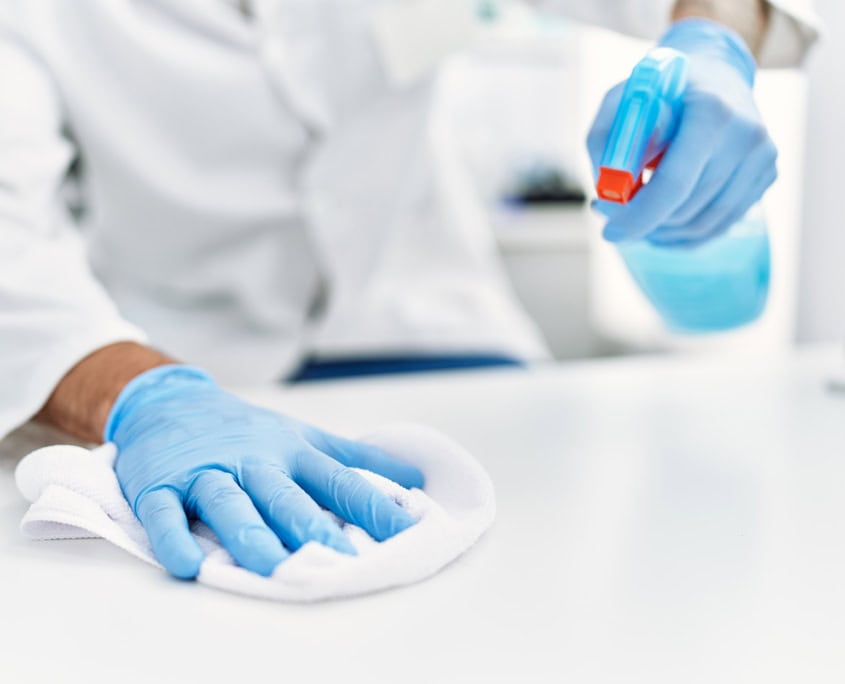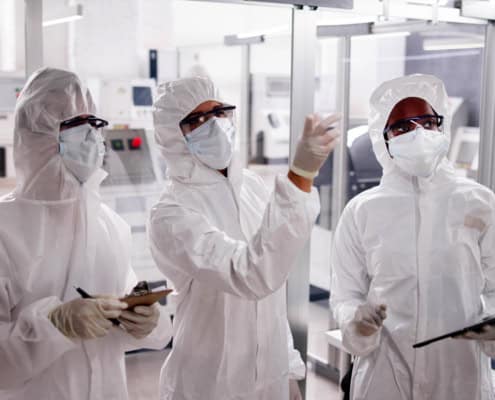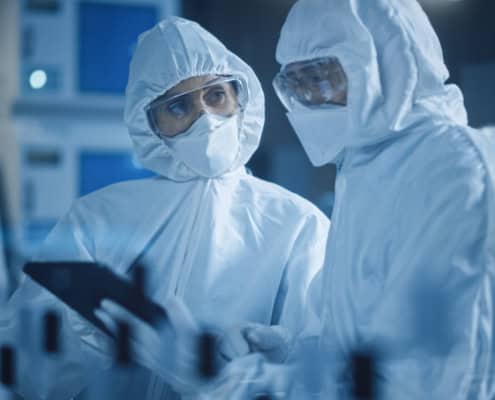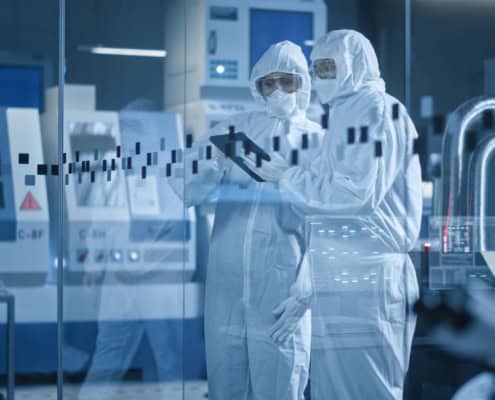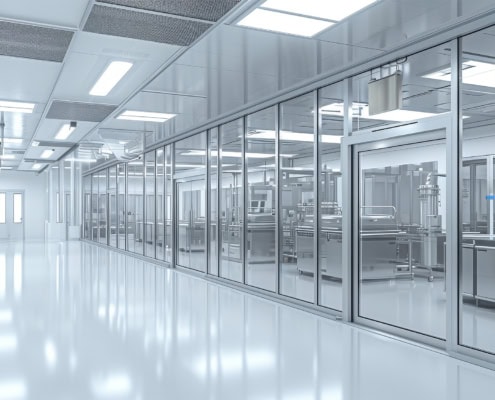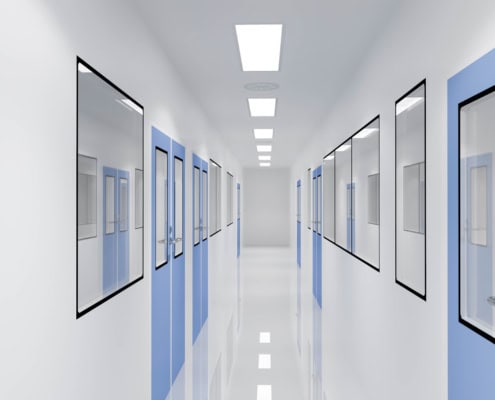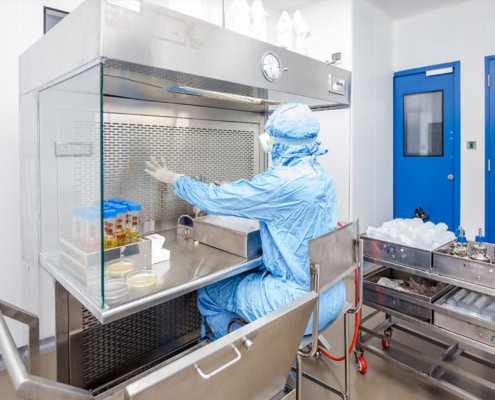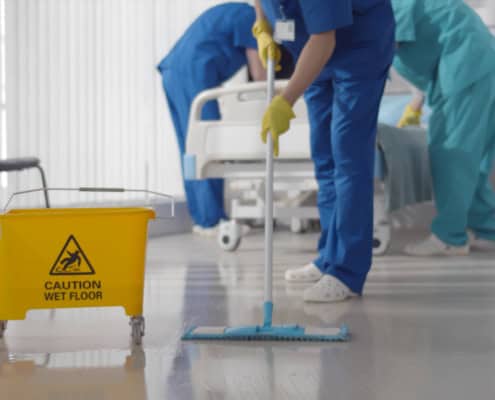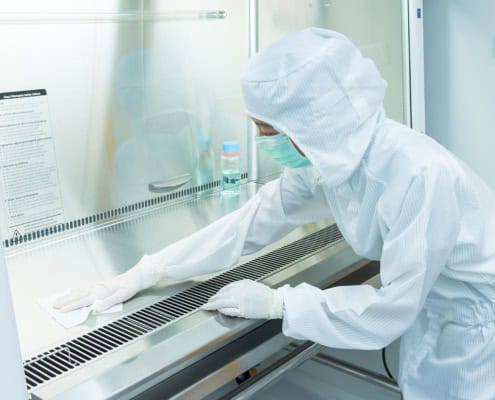Clean rooms are precision-controlled environments designed to limit airborne particles, microbes, and chemical contaminants to specific thresholds. These settings are essential in industries where contamination could compromise product integrity, safety, or compliance. From pharmaceuticals to electronics, the level of control in a clean room simply can’t be achieved through traditional janitorial services.
Unlike office buildings or retail spaces, these rooms require a science-backed approach to cleaning that aligns with strict regulatory frameworks like ISO 14644, GMP, and FDA guidelines. That’s where clean room cleaning services come in, providing specialized processes far beyond the reach of conventional cleaning teams.
Some key differences include:
- Airflow awareness: Clean room cleaning must preserve laminar airflow patterns and minimize particle disturbance, unlike general cleaning, which doesn’t account for airflow disruptions.
- Surface contact protocols: In clean rooms, cleaners must disinfect from top to bottom and move in a unidirectional pattern, while janitorial routines may overlook directional technique.
- Cross-contamination control: Clean room staff use isolated tools and rotate disinfectants to prevent microbial resistance, whereas standard cleaning plans often reuse equipment across spaces.
- Protective apparel: Clean room cleaners follow stringent gowning procedures to limit biological shedding—far stricter than basic gloves or uniforms worn by general janitorial staff.
These environmental demands make it clear that standard cleaning methods can’t be applied to these specialized spaces. The next step in understanding this difference is examining how protocols and procedures diverge between these two service types.

